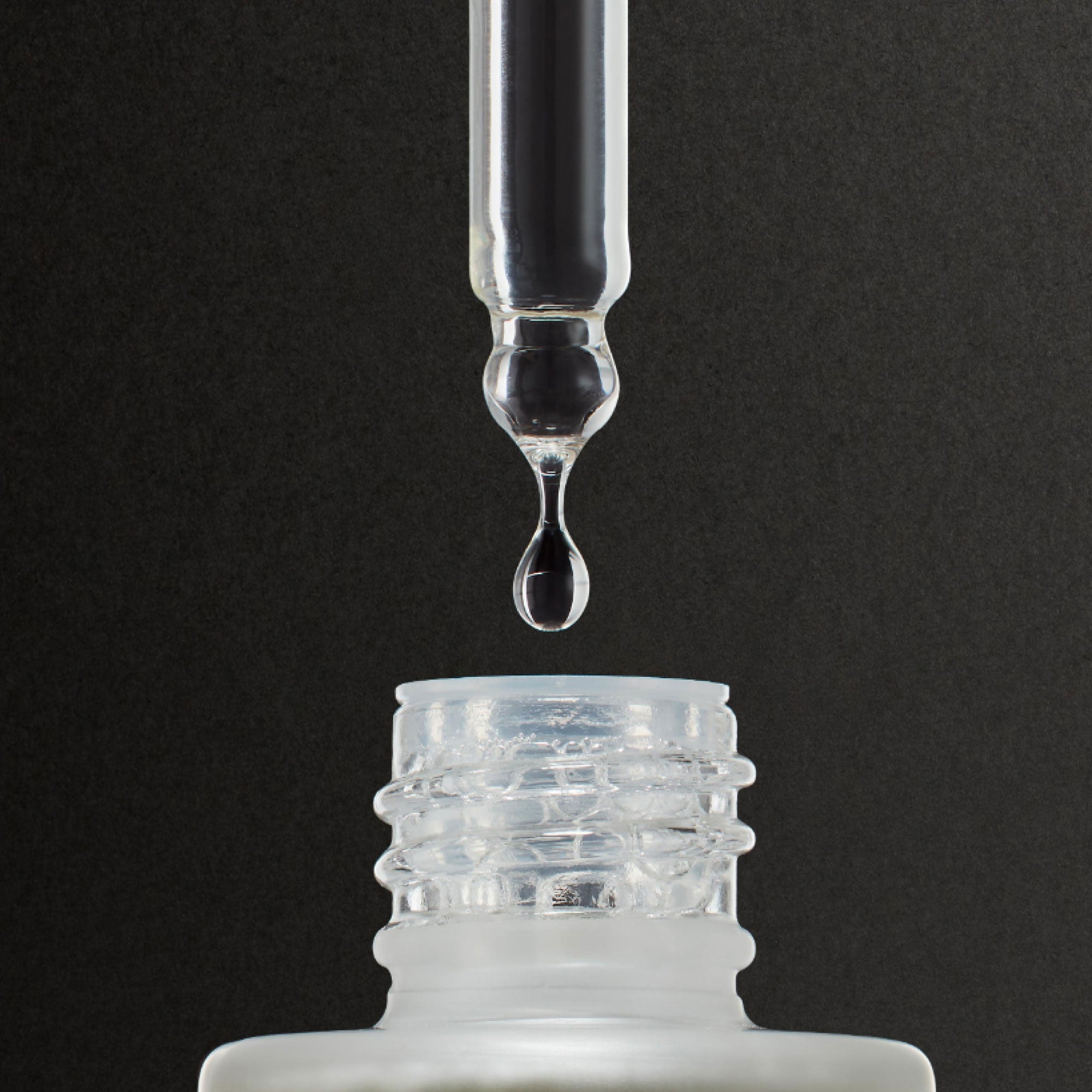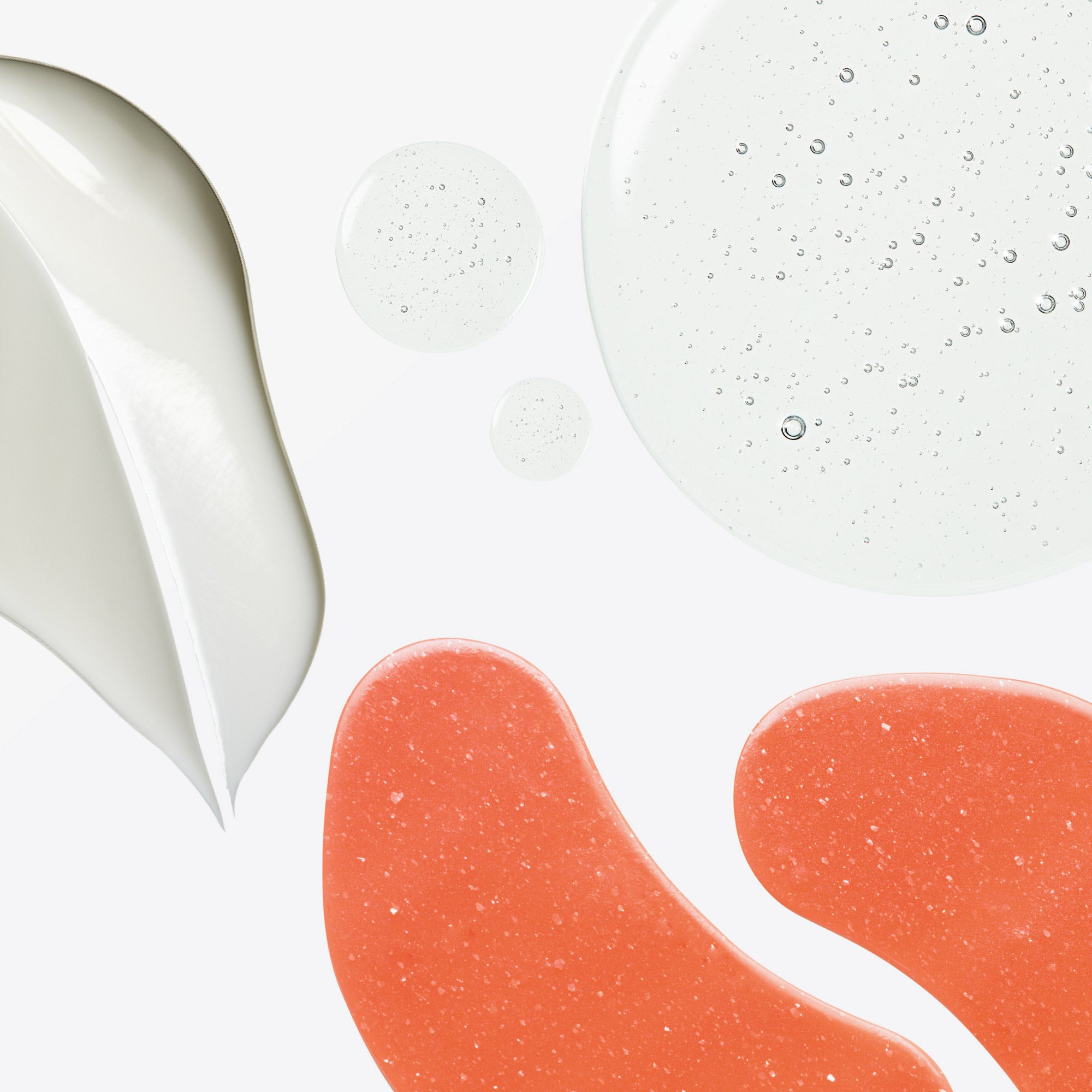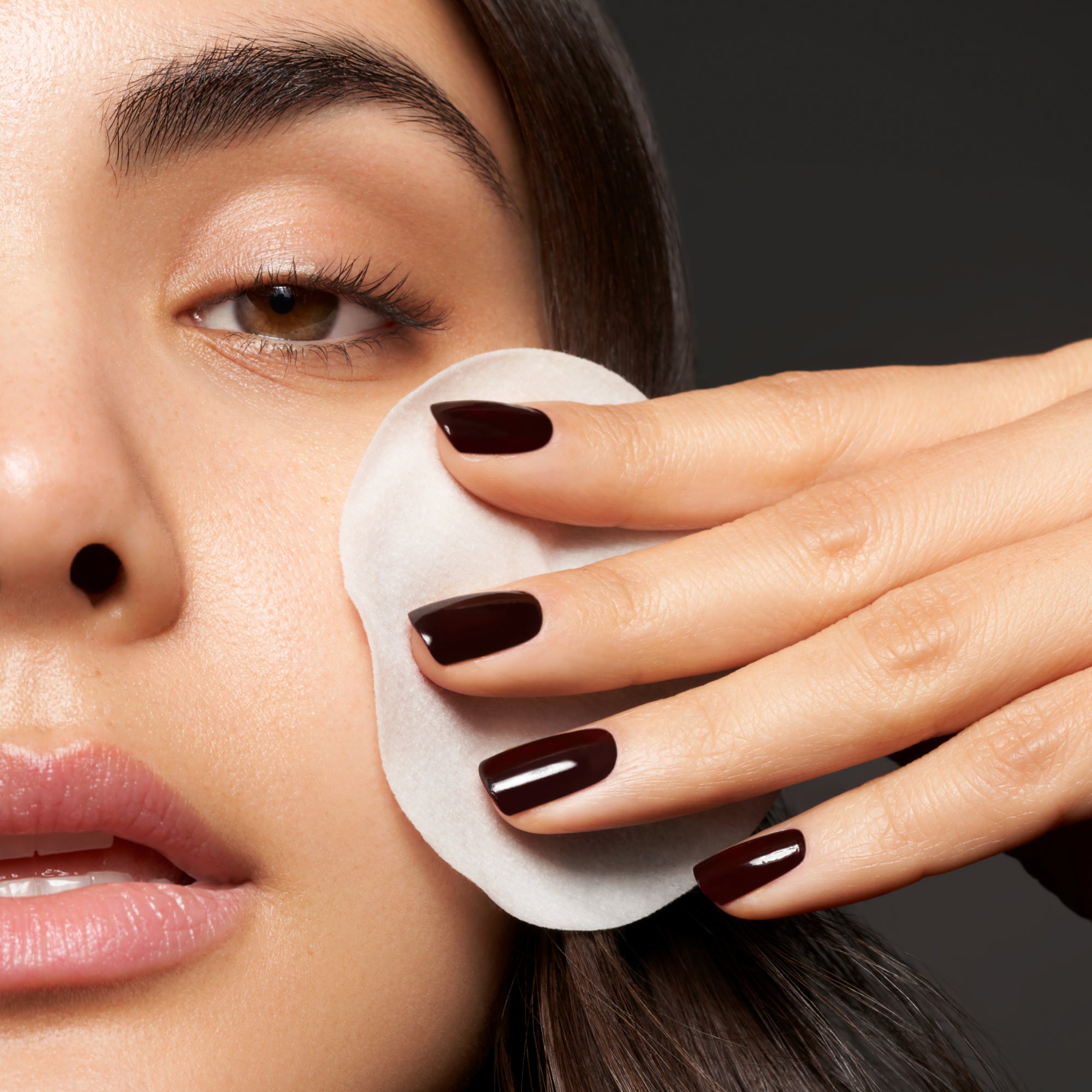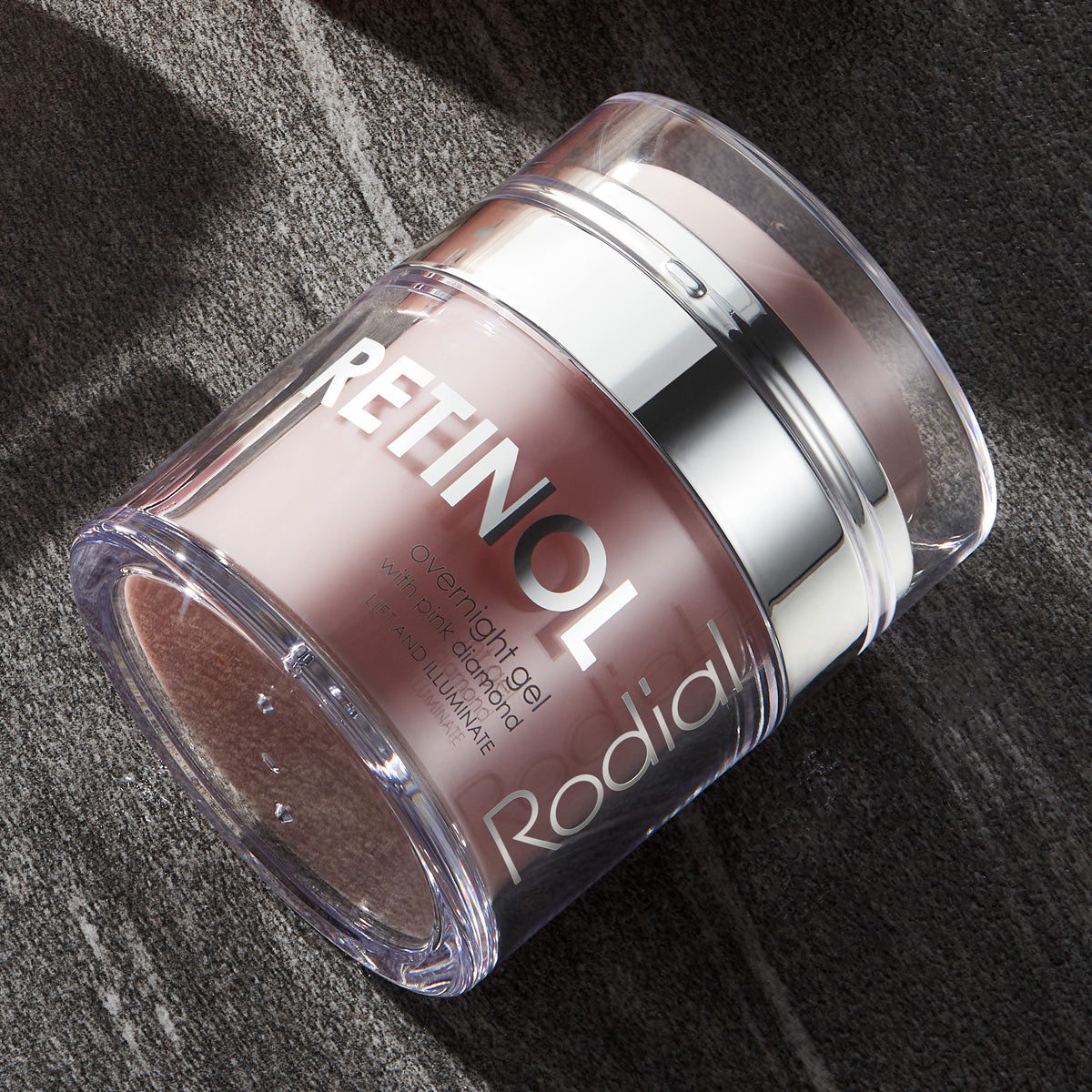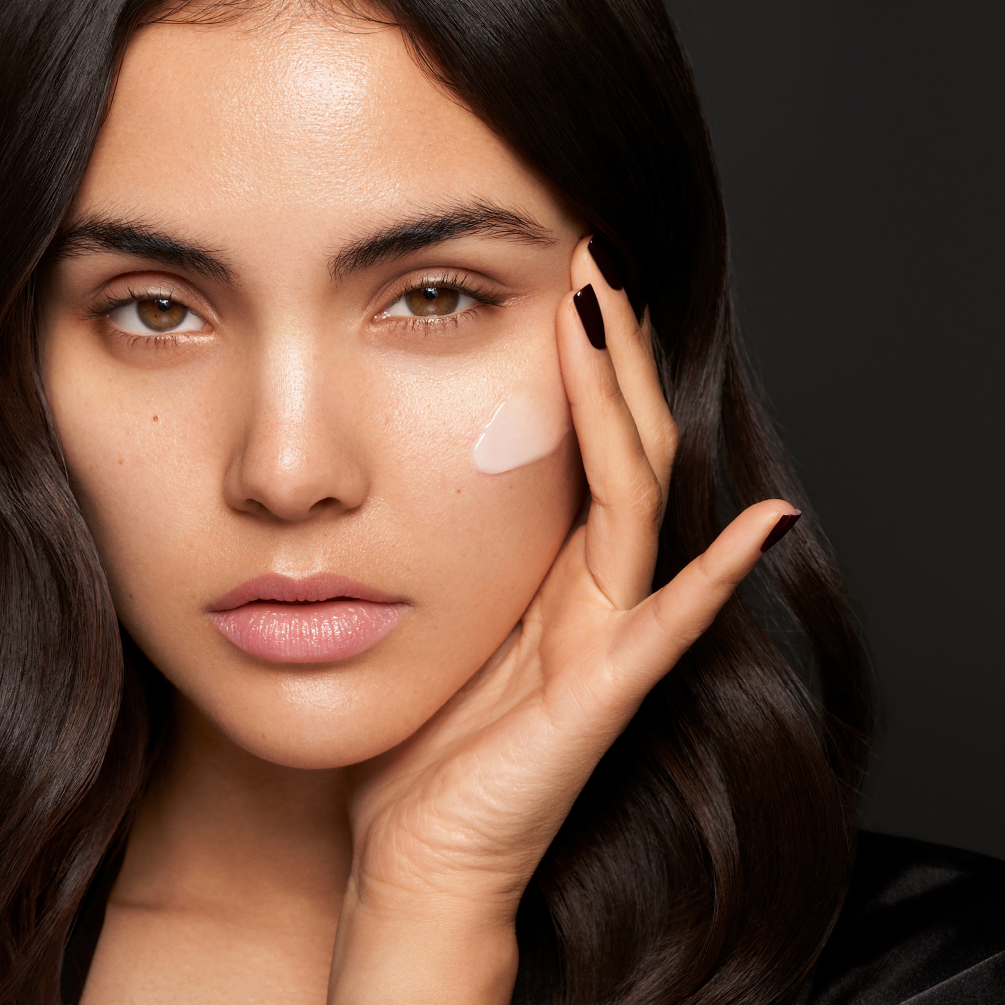If you read our blog on exfoliation back In August, you’ll know how important a step it is in your routine (if you’ve not read it, find it here). Exfoliation is the key to glowing skin and there’s one ingredient in particular that will give you it: glycolic acid.

What is glycolic acid?
Glycolic acid is an alpha hydroxy acid (AHA), a water-soluble, naturally occurring fruit acid that’s found in sugar cane and even grapes. AHAs like glycolic and lactic acid work at the skin’s surface to dissolve ethe bonds that hold together dead skin cells and other debris trapped within skin and resurface the complexion for a brighter, clearer appearance.
Glycolic acid is perhaps the most popular AHA due to its effectiveness: its small molecule size means it can penetrate the skin easily and exfoliate effectively.
What does glycolic acid do for skin?
When glycolic acid is applied to the skin, it breaks the bindings between the outer layer of skin cells, which includes dead skin cells, and the next layer of skin cells. This causes a peeling effect, making the skin appear smoother and more even.
As well as giving you smoother and more even skin, glycolic acid can also brighten skin. When there’s a build-up of dead skin anywhere on your body, it causes skin to look dull and become congested. Using glycolic acid to break down this build-up therefore has a brightening effect on skin.
Glycolic acid has also been shown to prevent pores from becoming clogged, reducing blemishes and blackheads. Additionally, collagen development is stimulated by glycolic acid. Collagen is a protein that occurs naturally in our bodies, but that decreases as we age, leading to loss of skin firmness and elasticity. Glycolic acid stimulates the production of collagen which results in firmer, plumper skin and even the reduced appearances of fine lines and wrinkles as a result.
In addition to stimulating plumping collagen production, glycolic acid is also known to boost hydration levels by helping skin draw in moisture from the air, which can also have a plumping effect on skin.
Is glycolic acid right for me?
Dermatologists recommend glycolic acid for all skin types, provided that you are mindful of the formula and strength you use. You’ll want to take care if you have extremely dry and sensitive skin - it’s good practice to gradually work up to daily use to avoid irritating your skin if this is the case. If you do have very dry and sensitive skin, other AHA exfoliants such as lactic acid are gentler alternatives.
Glycolic acid targets skin firmness, dullness, texture, uneven tone and blemishes and blackheads, so if you are dealing with one or more of these issues, then it’s worth introducing into your routine.
What are the cons of glycolic acid?
Due to the number of skin concerns it targets, glycolic acid is recommended for many skin types. However, glycolic acid can irritate skin if you don’t introduce it slowly and allow your skin to get used to it, or if you have particularly dry or sensitive skin. We always recommend starting with a lower-strength formula to begin with and introducing it slowly until skin adjusts. If you have particularly sensitive or dry skin, other AHAs or gentler exfoliants might be a better option for you.
How to use glycolic acid
As with any exfoliant, it's best to start low and slow at first. We recommend starting out with a gentle formula like our Vit C Brightening Cleanser – with glycolic acid, fruit AHAs and brightening vitamin C – and then slowly introducing more glycolic products into your routine if needed.
You can often find glycolic acid in pads and serums. These are typically higher in strength and should be used after cleansing. If you’re using either of these options, we recommend using a hydrating cleanser and moisturiser before and after to keep skin hydrated and soothed and to lock in the benefits of the glycolic acid.
How often should you use glycolic acid
Is glycolic acid suitable for everyday use? Depending on the concentration, yes, you can use glycolic acid every day. When using this ingredient, keep in mind that glycolic acid increases skin’s sensitivity to the sun so it’s highly recommended that you use it at night time and make sure to wear SPF the following day. Lower concentrations of glycolic acid can be used in the morning, but make sure you wear SPF.
Remember, if you're new to chemical exfoliants, you should work up to using it every day slowly rather than overdoing it at the beginning. This means introducing it to your skincare routine once or twice a week and gradually increasing the frequency if your skin can tolerate it.
Rodial’s glycolic acid heroes
A Rodial bestseller, this gel cleanser is designed to brighten, gently exfoliate and energise skin with brightening vitamin C, exfoliating glycolic and lactic acids, pore-unclogging salicylic acid and refreshing blood orange water. A great choice for mild everyday exfoliation. Also available in a mini size.

This Rodial icon is one of our top three bestselling products. These pads are soaked in a formula that contains AHAs glycolic and lactic acids, that work synergistically with hero ingredient vitamin C to resurface skin and brighten the complexion. Can be used daily in the AM and/or PM after cleansing. Also available in a mini size.
Our most powerful glycolic acid formula. With a 10% glycolic acid complex, these drops are designed to be used as an intense treatment 2-3 times per week at night. Glycolic acid helps to resurface the complexion while babassu oil keeps skin nourished and soothed.
A complete four-step routine to help you get acquainted with our brightening, skin-smoothing Vit C range. Our Vit C Brightening Cleanser and Brightening Tonic both contain glycolic and lactic acids for exfoliation, while Vit C Energising sheet mask is ideal for a brightening quick fix and Face Soufflé moisturiser nourishes and locks in hydration.
What is hyaluronic acid and what does it do for skin?
Why do I need to exfoliate?
What is Retinol and Why Should I Start Using It?
Rodial's skincare experts answer your retinol questions including what is retinol? When should I start using it? and how to use it for best results!
